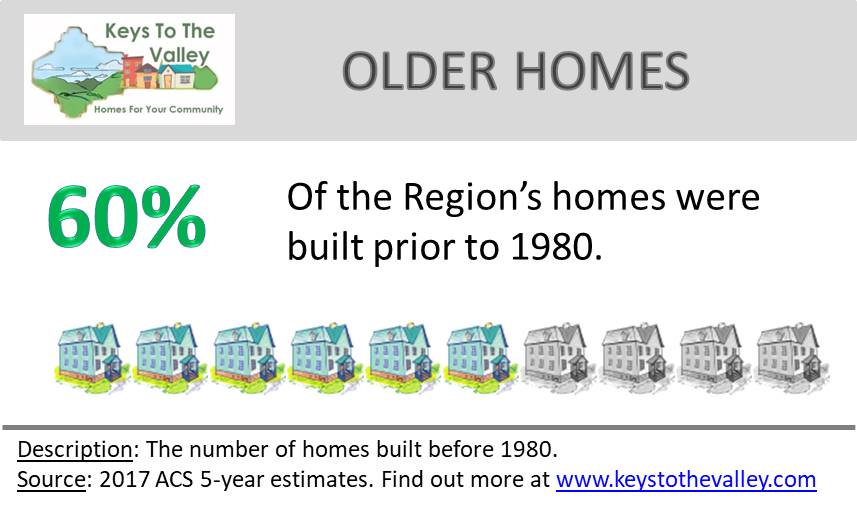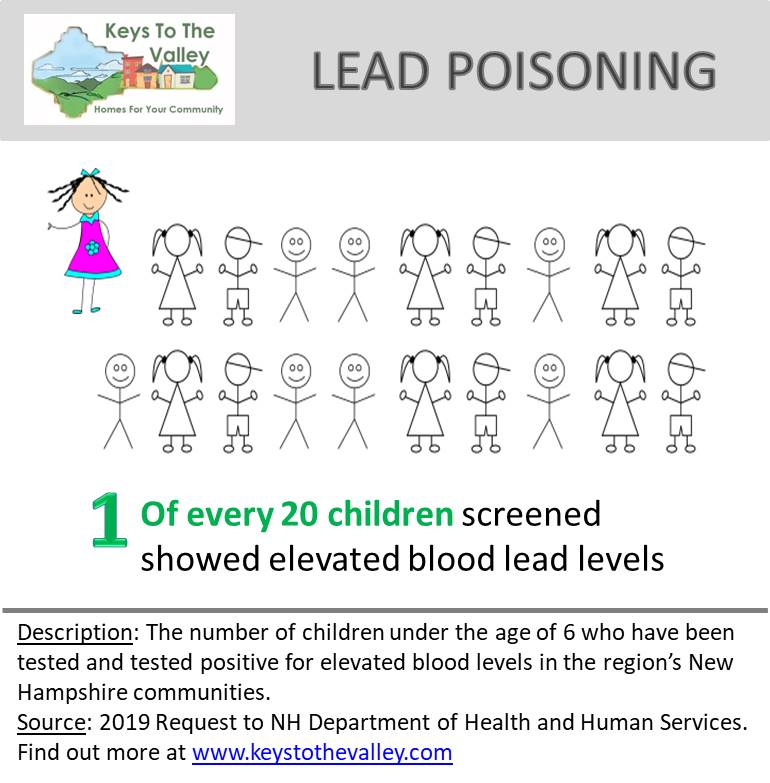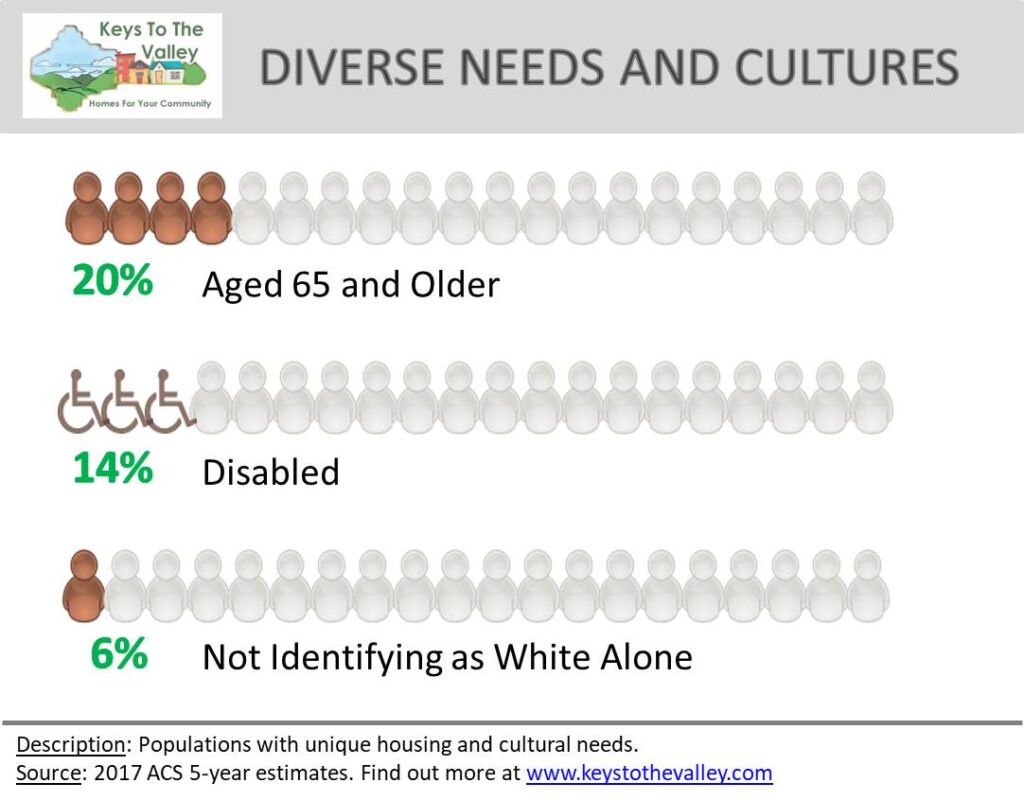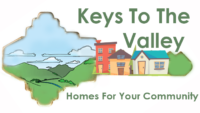
A majority of homes in the greater Upper Valley region (region) were built before 1980 (Figure 7). These older homes are common across New England. Although the rehabilitation of homes is greatly supported by residents (see the Public and Municipal Perspectives report), these homes also have unique obstacles to achieving our goal of safe and affordable homes for all. While older homes may be cheaper to purchase, appealing due to rustic or historical charm, and embody value from constructed materials, they are often expensive to rehabilitate and maintain, and may host environmental contaminants.
Older homes were not built to the same efficiency and health standards as newer homes. As a result, they are expensive to heat in the winter and cool in the summer. Heat waves that are increasing in length and intensity pose a risk to vulnerable members of our communities living in older homes. Lead based paint was commonly used before being banned in 1978. Especially for children, no safe blood lead level has been identified with impacts that include learning, behavior, growth, and hearing. In the region’s New Hampshire communities only 10-20% of children under the age of 6 have been tested for elevated blood lead levels, and 5% of these have come back positive (Figure 8). Results vary widely by town.

Older homes often contain physical hazards for older and disabled members of our communities. Those over 65 currently make up around 20% of the population in most towns. A smaller, but still significant, portion of the population is made up of people with physical disabilities. Older homes often have narrow halls and doorways and steep stairs, making them difficult to navigate for anyone with mobility constraints. With an aging population, there is a growing need for accessible homes in our region (Figure 9). Making the needed changes to older homes is expensive, but home rehabilitation is one necessary answer to our housing needs.


